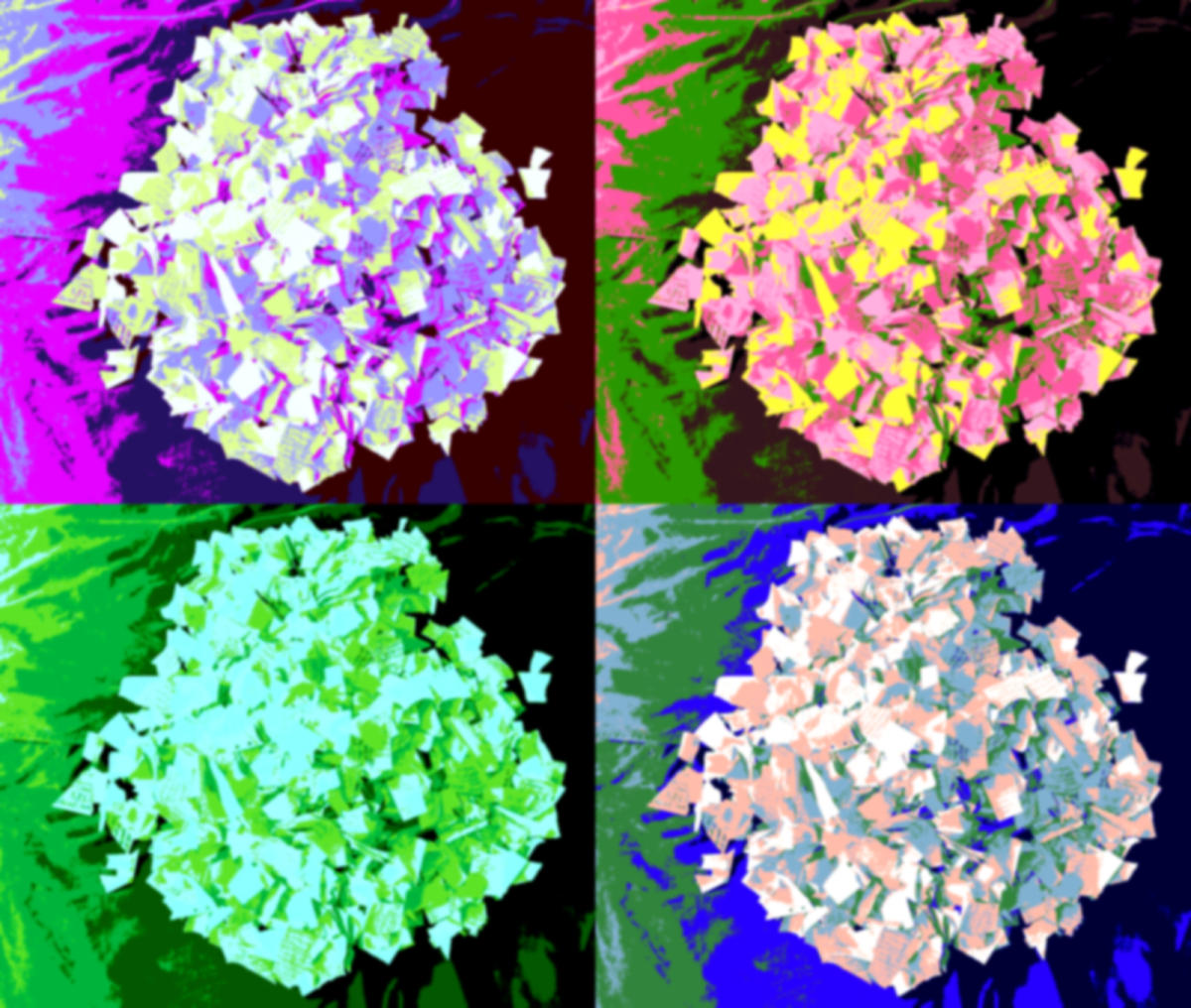Like a beautiful instrument left untouched — still full of music, just waiting for someone to sit down and listen — Jenny McClymont
Loneliness is one of those feelings many of us carry, yet it is rarely named. It doesn’t always show up how we expect — and sometimes, it hides in plain sight. This reflection explores how loneliness appears in everyday life and what it might quietly ask of us.
Loneliness does not necessarily present quiet.
At work, it might look like a bright smile, asking how your day’s going, and laughing at the right moments — all while feeling completely alone inside.
It can still be invisible, although occupying a whole room. You cancel plans, even though deep down you hope someone will persuade you to come anyway.
I’m walking home with headphones in, trying to ease the silence rather than appreciate the music. Loneliness can appear in the empty inbox, the phone that flashes but never rings, and the surface-level talks.
It shows up in the sigh you let out as you close the door behind you and in the pain of being misinterpreted — even by people who love you.
It does not necessarily look depressing. There is activity occasionally. Helping others is the way you avoid having to sit with yourself. It occasionally lurks under “I’m fine.”
But when we face loneliness — really face it — it can open the door to something else. Sometimes, just naming it helps. It makes space for a quiet kind of hope: the chance to reconnect, to be met, or to come back to the parts of ourselves we’ve pushed aside. It might not fix everything, but it softens the edges.
What does loneliness look like for you, and what might it be quietly asking for?









